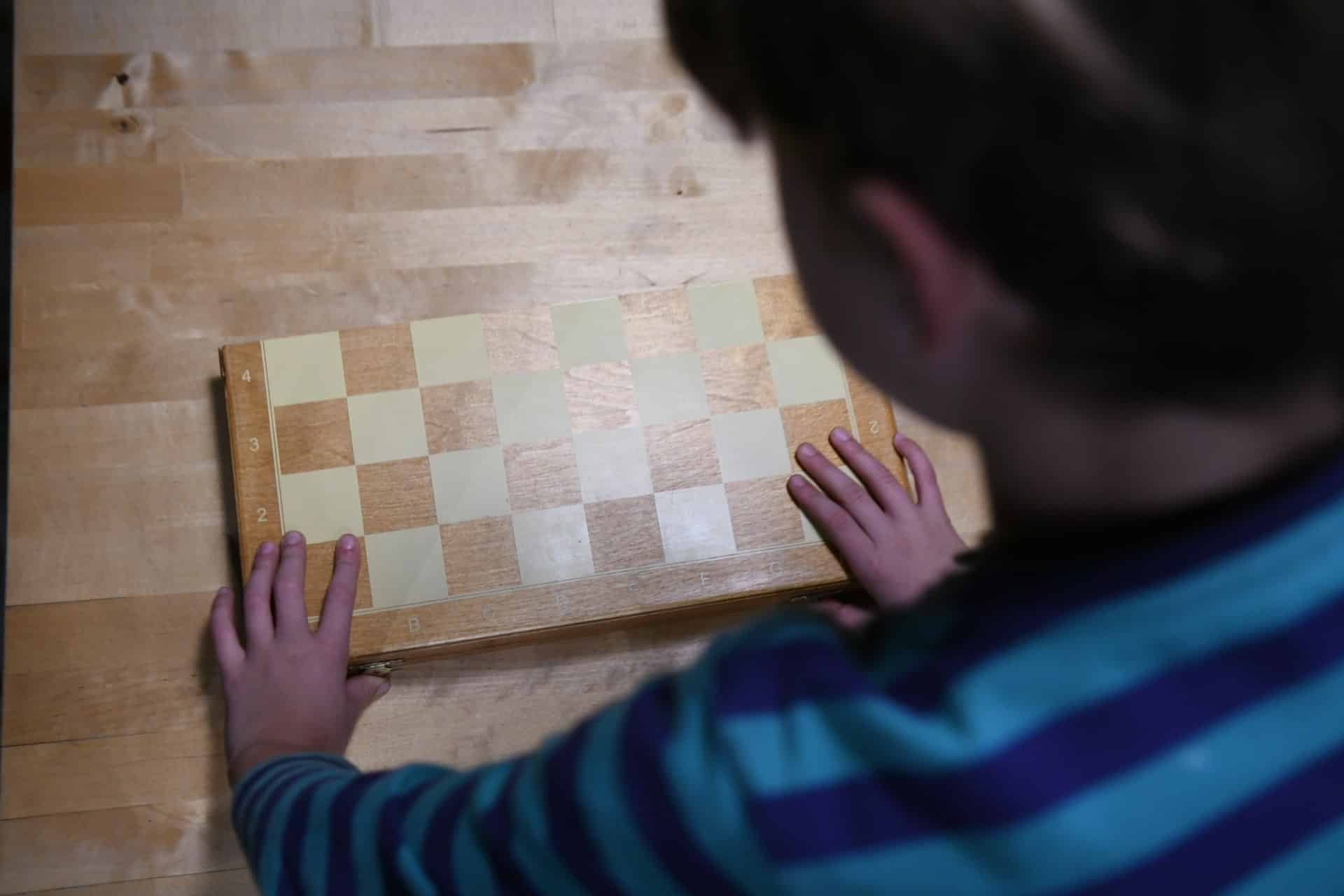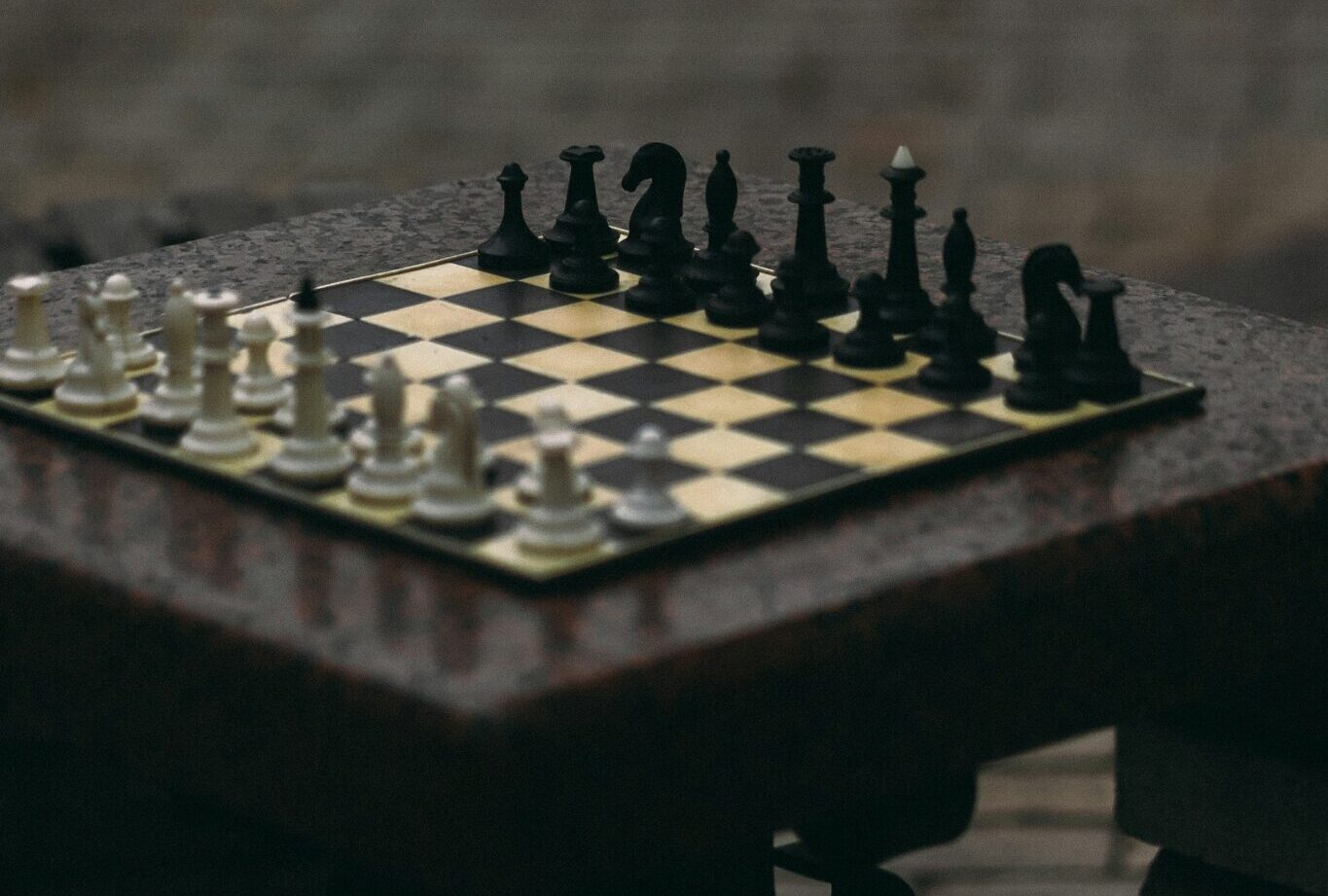Table of Contents
April 2021 – Opening Novelties
April was a great month for Chess since the second half of the Candidates Tournament was finally played and ended (this tournament had been stopped some months before because of the pandemic). The strong Russian Grand Master Ian Nepomniatchi won the competition and will be the challenger for the World Championship versus Magnus Carlsen.
In this tournament, there were great games and interesting Opening Novelties, so today we analyze four of these games.
(Opening Novelties #1)
Giri, Anish vs Ding, Liren
[Event “Tournament”]
[Site “?”]
[Date “2021.04.23”]
[Round “11.4”]
[White “Giri, Anish”]
[Black “Ding, Liren”]
[Result “1-0”]
[ECO “C85”]
[PlyCount “57”]
[EventDate “2021.??.??”]
1. e4 e5 2. Nf3 Nc6 3. Bb5 a6 4. Ba4 Nf6 5. O-O Be7 6. Bxc6 dxc6 Ruy Lopez Opening: Morphy Defense, Delayed Exchange Variation 7. d3 Bd6 8. Nbd2 Be6 9. Nb3 Qe7 10. Na5 O-O-O
And now we have Opposite-Side Castlings, which means both sides will attack the wing where the enemy King is. Pawn storms are very typical to open lines, and also it is essential to make good use of every move, because usually the first player arriving at the other side, wins.
11. Qe2 Bg4 12. c3 c5 13. a3 c6
14. b4 Here it comes the Storm! Bc7 15. Nb3 Nd7 16. h3 Bh5 17. Be3 f5 18. Bxc5 Qf7 19. Rab1 g5
Also, Black pawns advance to open lines as soon as possible. There is an advanced pawn on h3, which makes it easier to open the “g” file if Black can break on g4.
20. exf5 g4 21. Ng5 Qxf5 22. h4 b6
23. Ne4!
Beautiful idea!
Giri ignores the threat on the Bishop to open lines and create important weaknesses on the Castling. The Knight on e4 is also great, since that is a very comfortable outpost, and it controls pretty much the whole board (it helps in defense and attack at the same time). Black will try to trade it soon though.
23 … bxc5 24. bxc5 Nf6 25. Nd6+ Bxd6 26. cxd6 Rxd6
27. d4!
And now this is decisive. Once the Queen can join the Attack, the game is over.
27 … c5 28. Nxc5 Re8 29. Qc4 1-0
(Opening Novelties #2)
Nepomniachtchi, Ian vs Alekseenko, Kirill
[Event “Tournament”]
[Site “?”]
[Date “2021.04.21”]
[Round “10.4”]
[White “Nepomniachtchi, Ian”]
[Black “Alekseenko, Kirill”]
[Result “1-0”]
[PlyCount “61”]
[EventDate “2021.??.??”]
1. c4 Nf6 2. g3 e6 3. Bg2 d5 4. Nf3 dxc4 5. Qa4+ Nbd7 6. Qxc4 English Opening: Neo-Catalan Defense Accepted. a6
7. Qc2 c5 8. Nc3 Be7 9. O-O O-O 10. d4 cxd4 11. Nxd4 Qc7 12. Rd1 Rd8 13. Be3 Nb6 14. Rac1 e5
15. Nf5 Bxf5 16. Qxf5 Now White has the Two Bishops, and this is an open position. Nc4 17. Bg5 Rxd1+ 18. Nxd1 Rd8
19. Bxf6 Bxf6
White loses the Bishop Pair, but there is a good reason for that: The next threat is unstoppable (the Knight on f6 was a very good defender of the Center and the Kingside).
20. Be4 Qa5
21. Nc3 Kf8 22. Nd5 b5 23. Qxh7 Rxd5 24. Bxd5 Qd2 25. Rxc4 bxc4 26. e4
And after these trades, we are playing a Queen's Endgame with Opposite-Colored Bishops. As long as White can keep Queens on the board and Black King is so unsafe they still have very good winning possibilities.
26 … Qxb2 27. Qh8+ Ke7
28. Qc8 Qb6 29. Qxc4 Qb5 30. Qc7+ Qd7 31. Qc5+ 1-0
Black resigns. In all the lines they either lose the pawn on a6 or f7.
(Opening Novelties #3)
Giri, Anish vs Wang, Hao
[Event “Tournament”]
[Site “?”]
[Date “2021.04.20”]
[Round “9.3”]
[White “Giri, Anish”]
[Black “Wang, Hao”]
[Result “1-0”]
[PlyCount “77”]
[EventDate “2021.??.??”]
1. d4 Nf6 2. c4 e6 3. Nf3 d5 4. g3 Be7 5. Bg2 O-O 6. O-O dxc4 Catalan Opening: Open Defense 7. Qc2
7 … a6 8. a4 Bd7 9. Qxc4
White gets the pawn back. In these positions, the first player has a very good Bishop on g2 (The Catalan Bishop), a nice square on e5 for the Knight, and an interesting half-open file on “c”. Black will try to put the Bishop on c6 to face the other one, and also controlling very well e4 and d5. At some point later they could try the move c5 to get rid of White's Central Pawn.
9 … Bc6 10. Bf4 Bd6 11. Nc3 Bxf4 12. gxf4 a5 13. e3 Na6 14. Ne5 Bxg2 15. Kxg2 c6 16. h3 Qb6 17. Qe2 c5 18. Rfd1 cxd4 19. Rxd4 Rad8 20. Rxd8 Qxd8
Now we are playing this endgame where White pieces are a little more active and better coordinated. Also the pressure White can put on the pawn on a5 is annoying for Black
21. Rd1 Qa8 22. Kg1 Nb4 23. Qb5 Nbd5 24. Nxd5 Nxd5 25. Rc1 h6 26. Qd7 Nf6 27. Qd6
g6 28. b3 h5 29. Kh2 Kg7 30. Qd4 Rd8 31. Qb2 Qb8 32. b4 axb4 33. Rc4 b3 34. Rb4
Qa7
35. Rxb3 Qxa4 36. Rxb7
And one more time, no one has the material advantage, but White pieces way more active: – Rook on the 7th Rank – Knight in the Center on e5 – Queen on the Great Diagonal (Same Diagonal as Black King)
Qe8 37. Ra7 Rd5 38. Qb7 Ne4 39. Nxf7 1-0
(Opening Novelties #4)
Vachier-Lagrave, Maxime vs Wang, Hao
[Event “Tournament”]
[Site “?”]
[Date “2021.04.29”]
[Round “14.4”]
[White “Vachier-Lagrave, Maxime”]
[Black “Wang, Hao”]
[Result “1-0”]
[PlyCount “57”]
[EventDate “2021.??.??”]
1. e4 e5 2. Nf3 Nc6 3. Bb5 Nf6 Ruy Lopez Opening: Berlin Defense 4. O-O Nxe4 5. d4 Nd6 6. Bxc6 dxc6 7. dxe5 Nf5
8. Qxd8+ Kxd8
And this is mainline in Berlin Defense, there are hundreds of Masters Games with this line, even in World Championships. We need to mention the Match between Kramnik vs Kasparov in 2000, where Kramnik used this Defense in four games (games 1, 3, 9, and 13 of the Match) and got important Draws as Black and finally beat Kasparov in the Match. Usually, engines will say White is slightly better, but in general, Black can hold the position and survive or even win if the first player misses something.
9. h3 Ke8 10. Nc3 h5 11. Ne2 b6 12. Bg5 c5 13. Nc3 Bb7 14. Rfd1 Bxf3
White was threatening Nb5, and Black wants to play c6 to avoid it. But the Bishop could be blocked then, so it is traded on f3 to weaken White's Pawn Structure. Also, the move Nd5 is an important threat (then Black will have to trade the Bishop on d5 anyway not even damaging White's Pawn Structure), so a6 is not really an option for Black. The trade on f3 seems to be fine.
15. gxf3 c6 16. f4 Be7 17. Ne4 Bxg5 18. fxg5
Ke7 19. Nd6 Ke6 20. Rd3 Rhd8 21. Re1 a5 22. f4 c4 23. Rdd1 b5 24. Kf2 a4 25. a3 g6 26. Kf3 Ng7 27. Rd2 Ne8
28. Red1 Nc7?
The final mistake. The position was already difficult, but still playable for Black. Now there is a tactic to win! Can you find it? :)
29. Nxb5!
(29. Nxb5 Rxd2 30. Nxc7+ Kd7 31. Rxd2+ Kxc7 32. Rd6 Rb8 33. Rf6 Rxb2 34. Rxf7+ Kd8 35. f5 +-)
1-0










